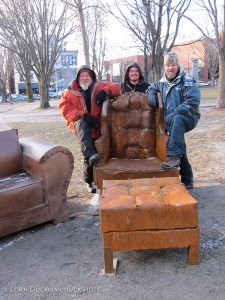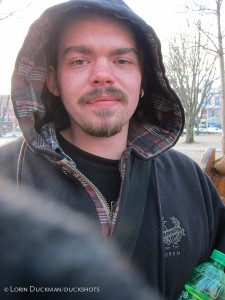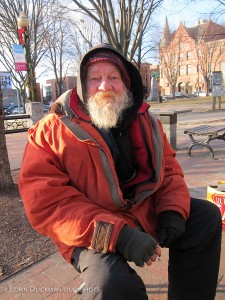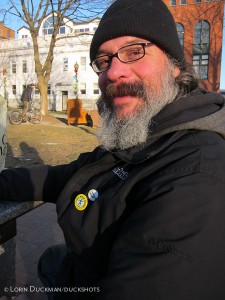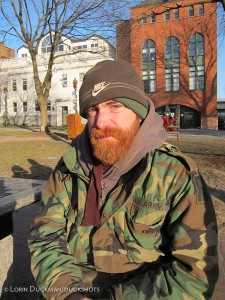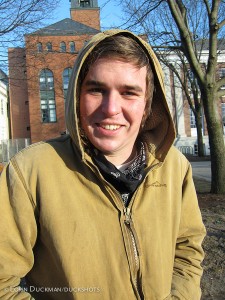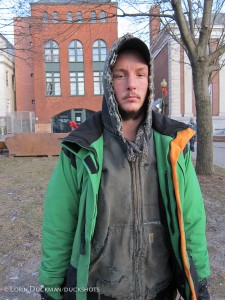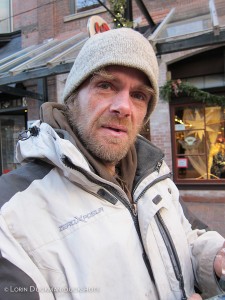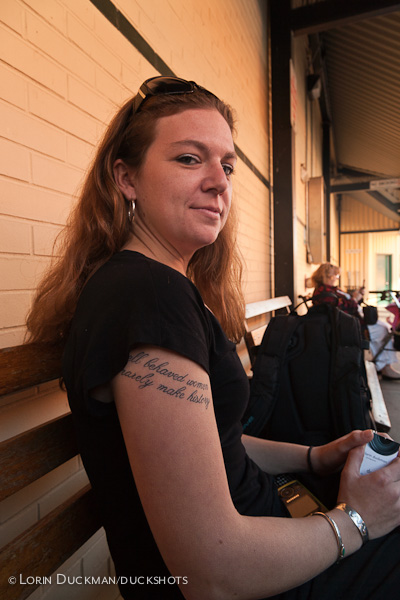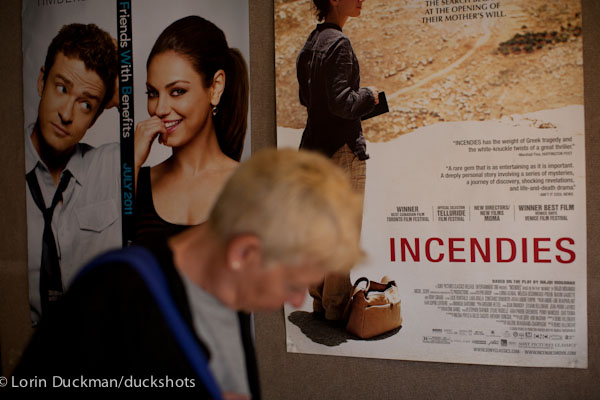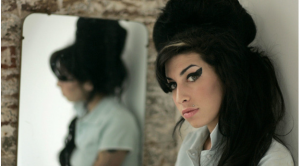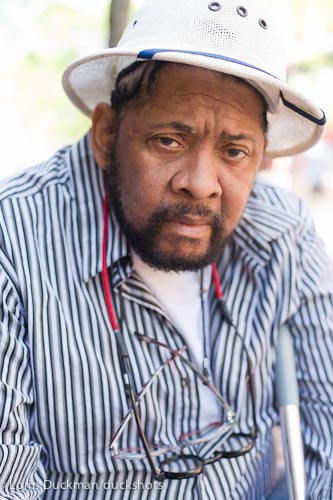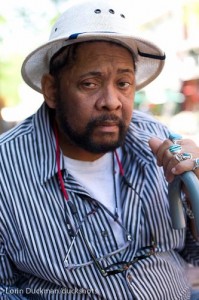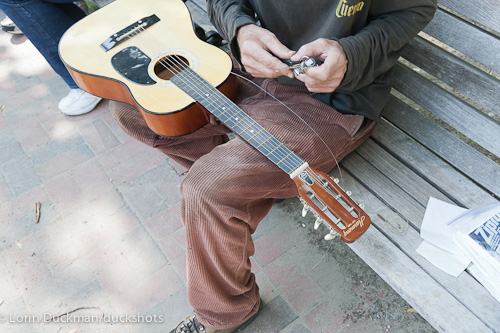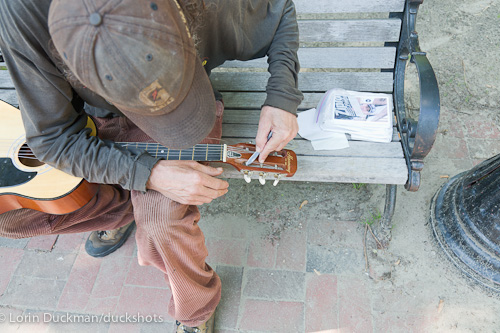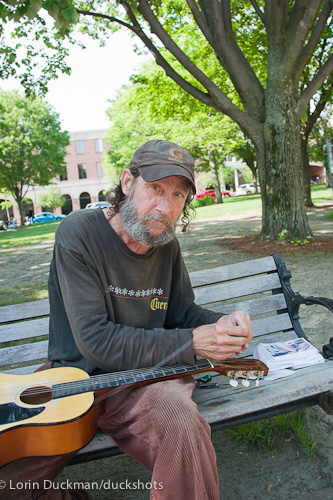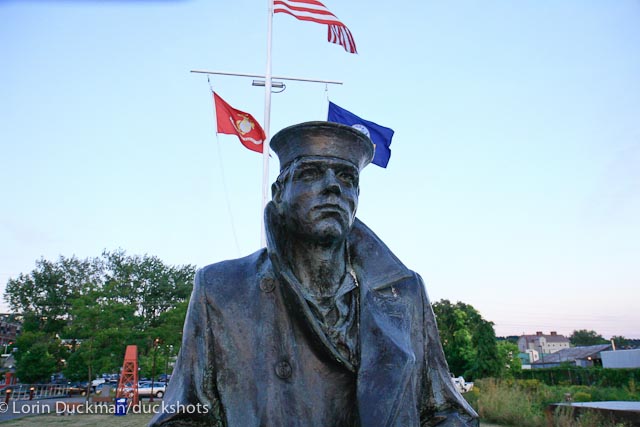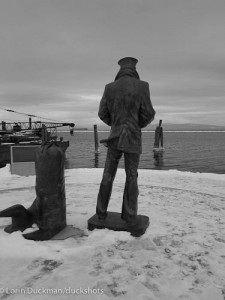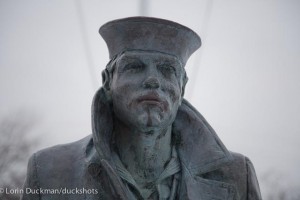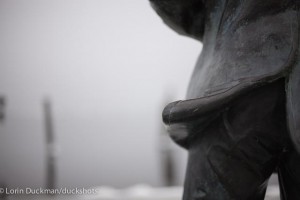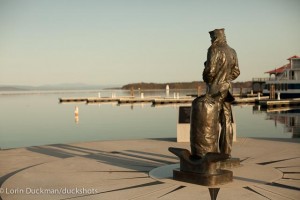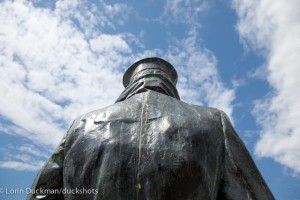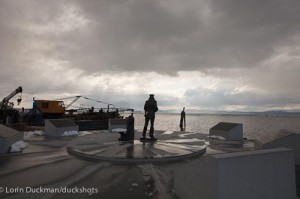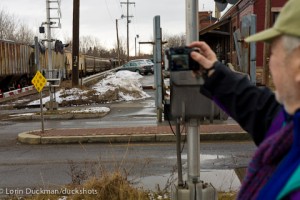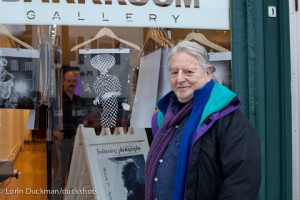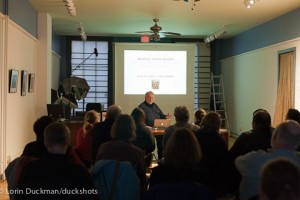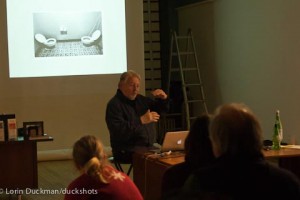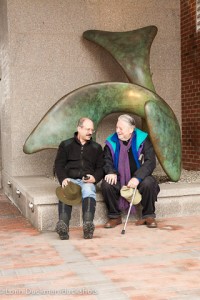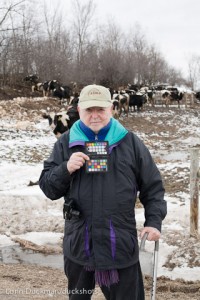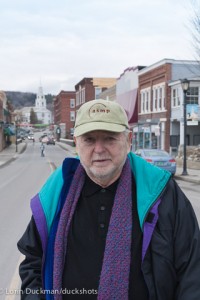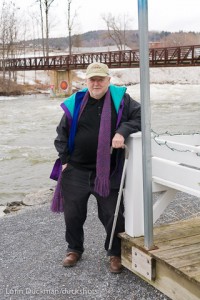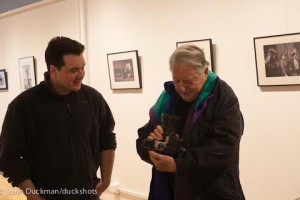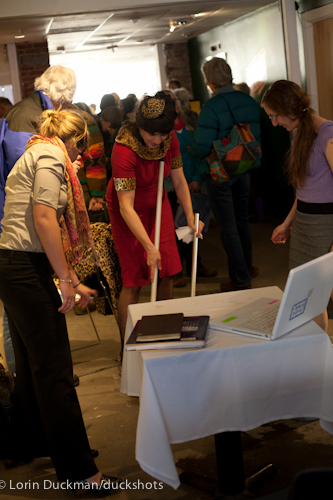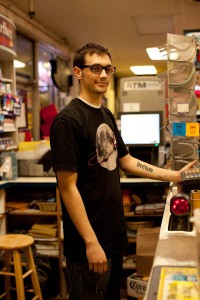
So, I be in Greenfield, starting another part of my life. Sharon’s home. At 10:00, or so, she said she had done ok with the separation due to school – ate well, did things, felt some tender and loving thoughts that resulted in a phone call and voicemail which I missed while washing the tub. On my own, but not really; she directs me from afar, advising me to care for myself and my surroundings.
Needed to drive safely and arrive in tact and on time. Nothing more important than being safe and healthy for school and our reunions. Who does this? We be flying blind; building a relationship by being apart, so we can be together and interesting as we get ready for the ubiquitous hospital bed.
Had the three pages of Jay Maisel’s Monster that I got at his workshop in 2010. Had done some of the exercises, many of them, but hadn’t focused on his semi-rhetorical questions. Put simply, he asked, “why do I do this?” I know and I don’t know, you know. Put a camera in hand and I am me and so many of these other peeps who stared through lenses. I don’t see if I don’t see an image; it is like when I was an attorney, which I am not anymore, by choice, when everything that I saw was a case of American injustice.
Here we go. I gots so much to see and learn. I be going to learn my strengths and weaknesses. Who knows, they may not be the ones I think. I know I love to shoot, but I also like to see the prints (I brought almost all of my best portfolios). I don’t know what my ultimate goal is. I know I want to learn lighting and posing/shooting studio portraits. I can talk to the subjects; I cannot shoot people whose attentions I don’t have. Is that true; who knows. Yup. I wish I could draw, but I would do anything to shoot and print big.
I have given up all my outside interests other than my wife and my health. I have to make this work, you know. Photography is the thing that dreams come from.
